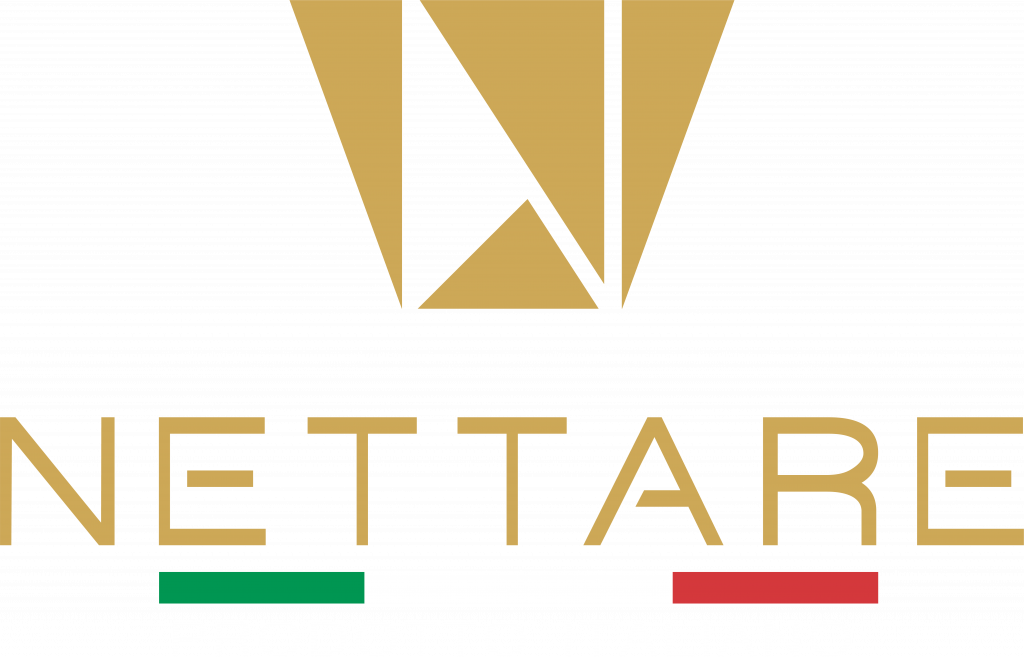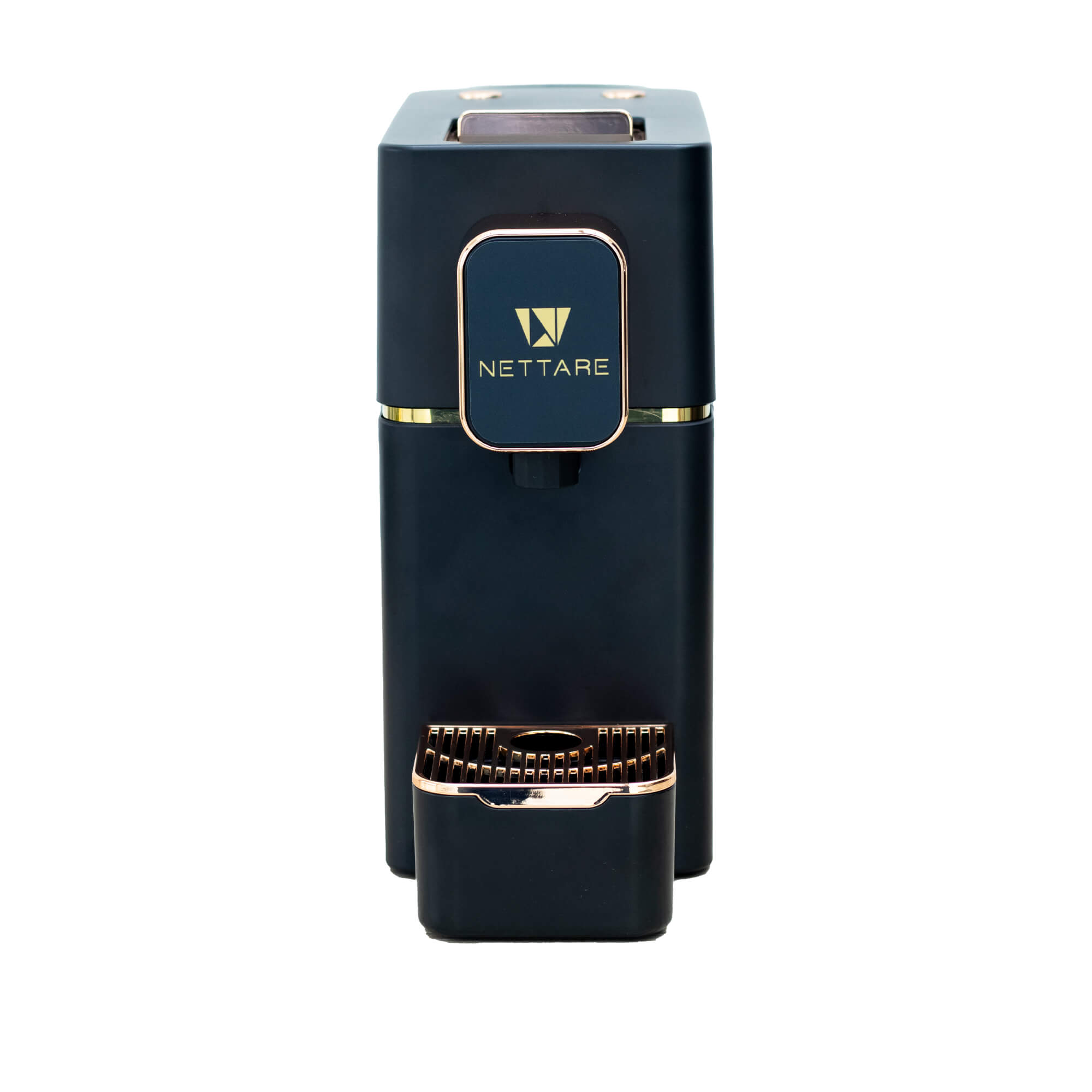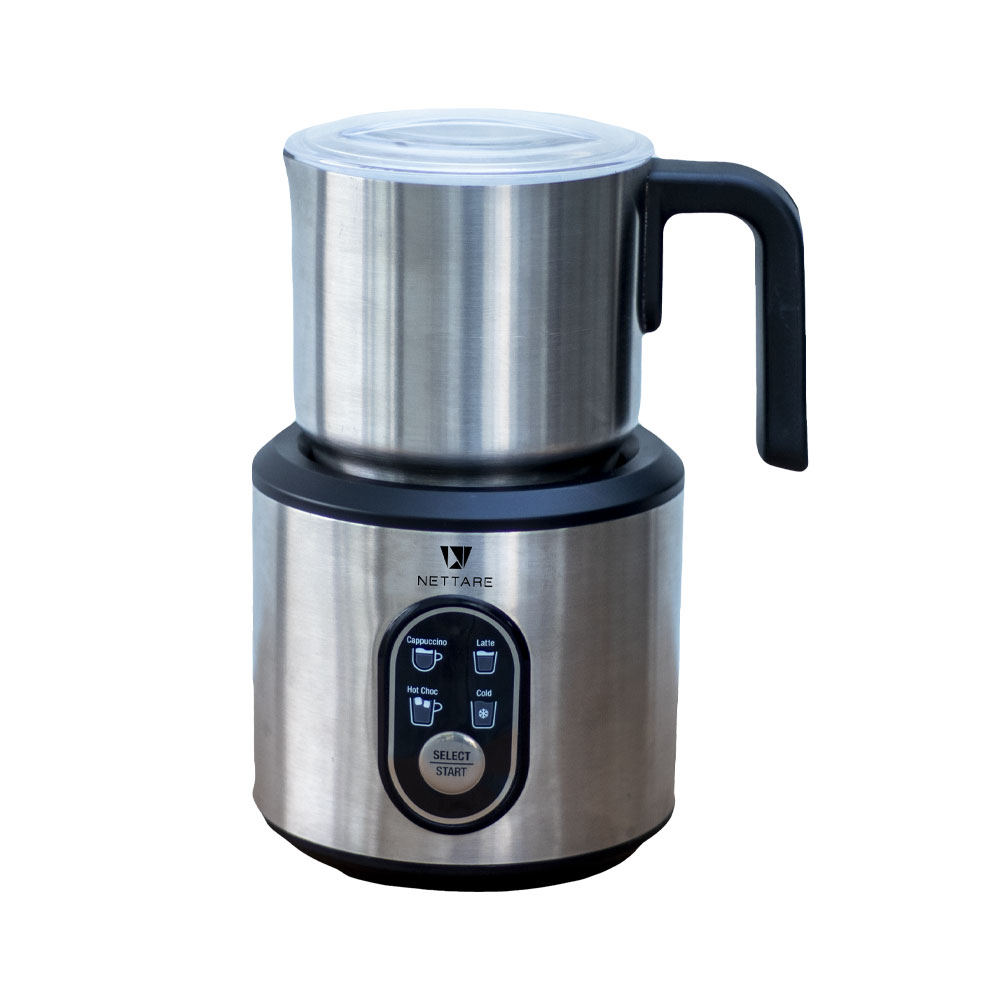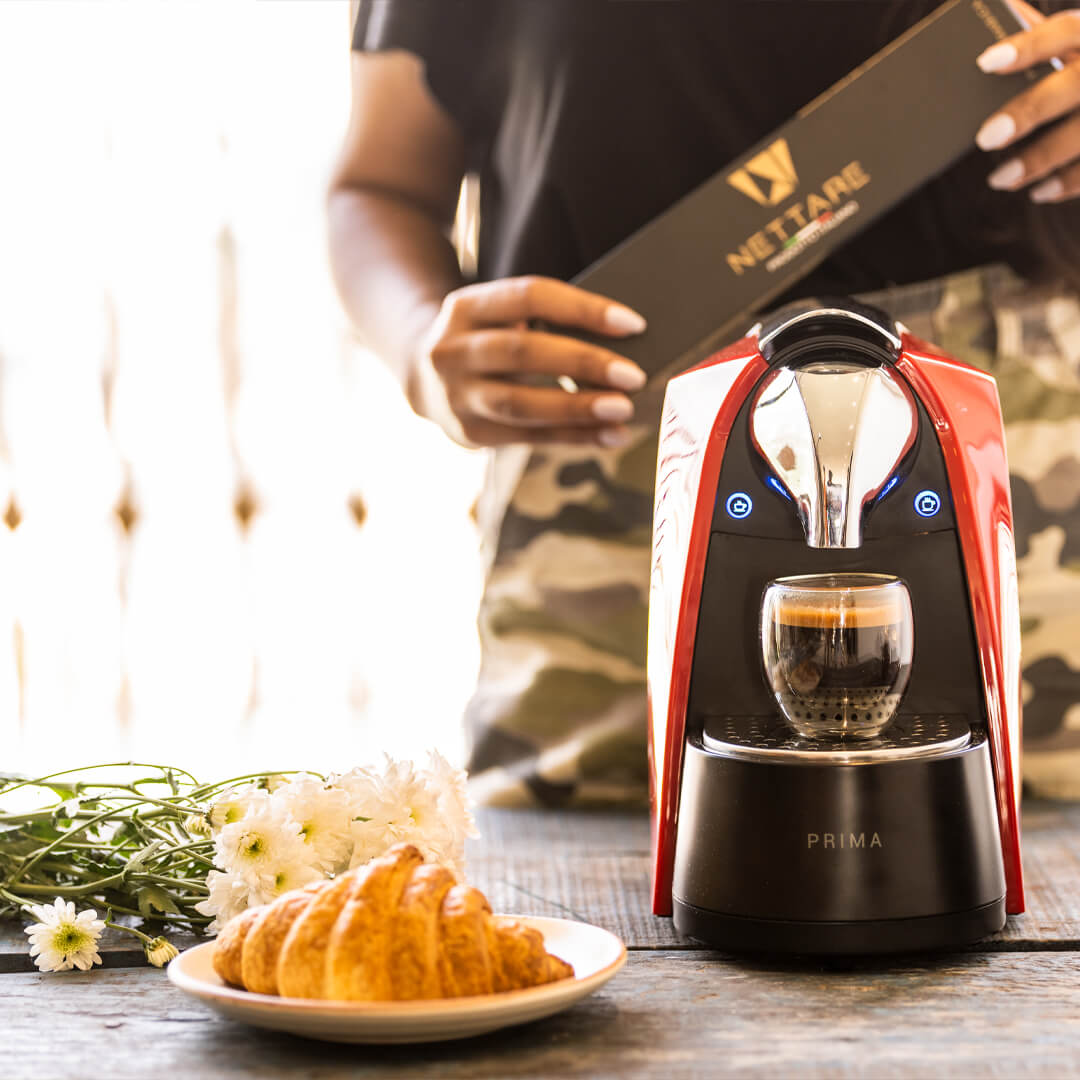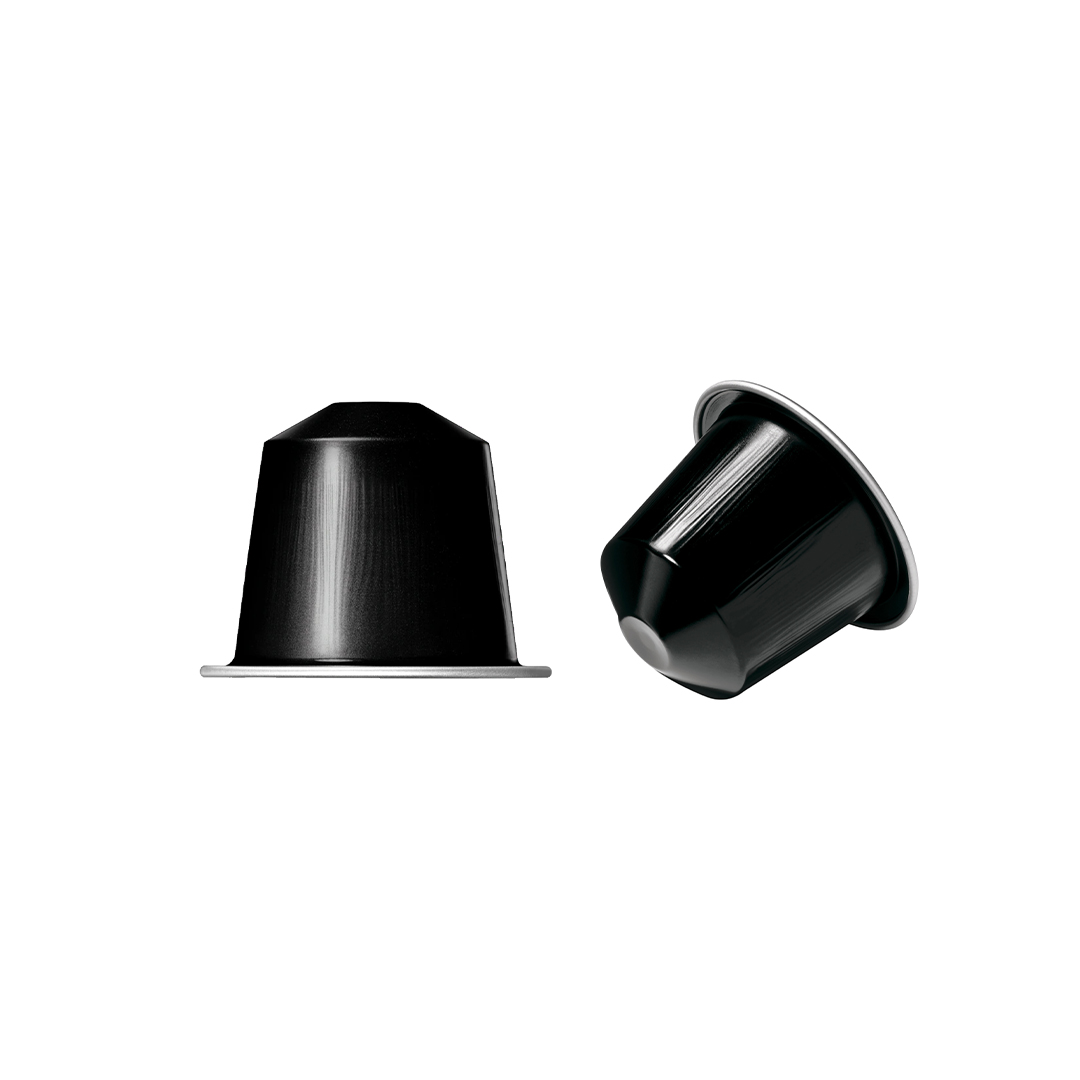Enjoying your “quick to make and good to wake” espresso? Let’s sip with a quick rewind and salute to its very rich lineage
Your favourite espresso as served by Nettare in its authentic Italian flavour and aroma does not only delight you everyday; it also has an enchanting history to reminisce about. Needless to say, this splendid tradition associated with the iconic cuppa originated in Italy, the coffee capital of the world.

The Root
In 1901, Italy emerged as a global leader in coffee thanks to the efforts of a Milanese inventor Luigi Bezerra who came up with the brainwave of forcing pressurized water through a handful of coffee powder to produce “a short and concentrated drink”. This was soon-after termed the “espresso”, simply because it could be prepared expressly for every customer and the water had to be expressed through the coffee. Desiderio Pavonnio, another businessman, bought Bezerra’s patent in 1903 and was among the first to start producing espresso makers (the Ideale machine) in 1905, thereby laying the foundation of the “La Pavoni” company.
Early Culture
By dint of the invention of these machines, the word “espresso” made its foray into the Italian lexicon around the year 1920. As Alfredo Panzini, famous Italian novelist and lexicographer, recorded: “Cafe espresso, made using a pressurized machine or a filter, now commonplace.”
The first American bar in Italy was Cafe Maranesi at Florence, nicknamed Caffe dei Ritti after it was populated by people who enjoyed standing while nursing their coffee. The coffee maker was called barman, until it was replaced by the more Italian-sounding word barista under the reign of Mussolini. This established the espresso as being firmly embedded in the Italian culture.
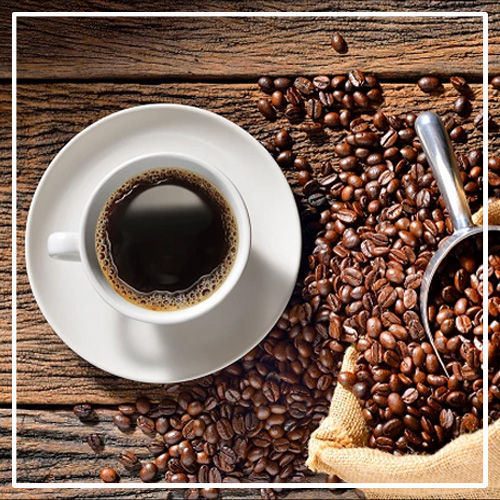
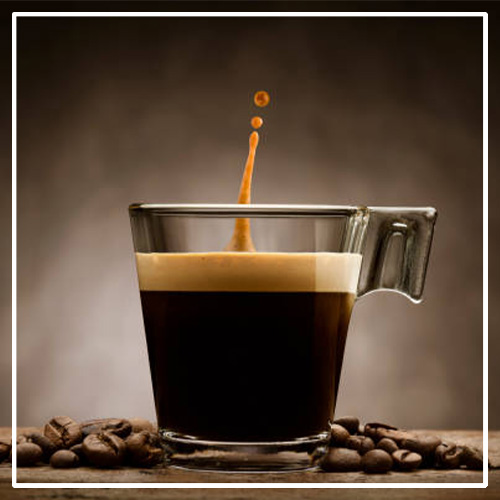
The Modern Machine
In 1947, Achille Gaggia came up with a new significant breakthrough through his hand-pumped coffee machine. This machine exerted more pressure on the coffee beans which allowed the essential oils and colloids to squeeze through. The result was crema, a key component of the modern espresso.
In 1948, Gaggia’s invention was mastered by Ernesto Valente, head of Faema, a company whose machines are synonymous to cafes to this day. In 1961, Valente introduced the first semi-automatic machine called the Faema E-61. This machine, now world-renowned, created a raging phenomenon in Italy with the mushrooming of many flourishing espresso bars and cafes.
Maintaining their Identity
Even now, the Italian coffee culture remains unaffected by globalization when it comes to enjoying their espresso. It has been only recently that Starbucks has set shop in Milan.
To us in India, a good espresso commonly implies excellent coffee with a complex flavour, often obscured by milk or sugar. But the Italians still prefer their favourite beverage in the form of an adrenaline-pumping, robusta-lined shot before dashing to work. For them, it continues to be the base of every non-filter coffee and the purest form of the drink.

At Nettare, we are proud to uphold this age-old Italian culture and taste in all our products. We ensure every coffee pod from our stable pampers you with the perfectly balanced Italian flavour and aroma. Our coffee is hermetically sealed and packed into capsules in vacuum conditions using the vacuum seal capsule technology. The capsules are Nitrogen-flushed to ensure that the coffee does not come in contact with air at all. This keeps the true aroma and oils of the beans intact. So, be it a first cup or the hundredth, every sip of our coffee feels like it is straight from the counter of a fine Italian Barista!
